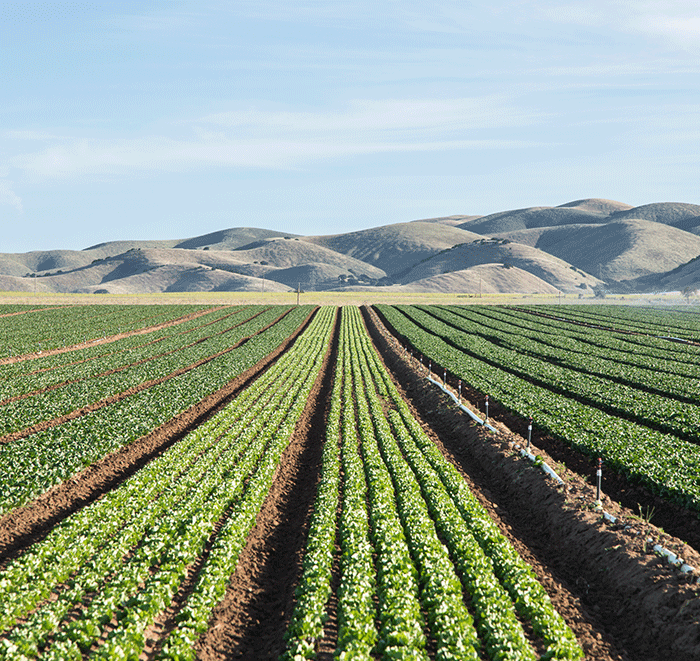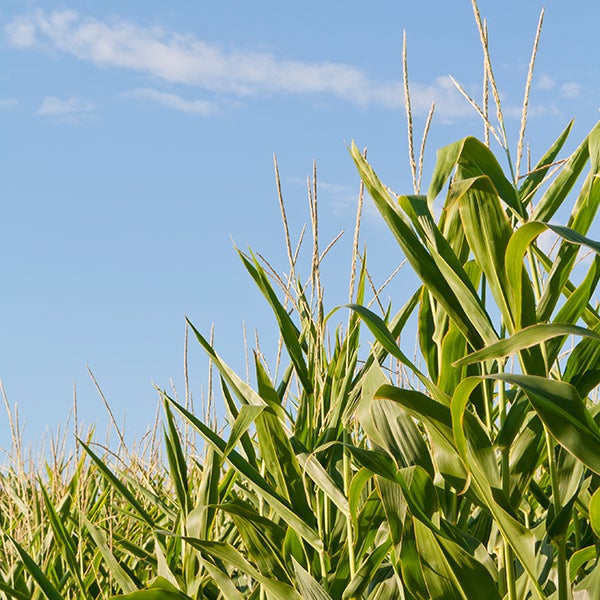Seed Selection Made Simple: Plan for 2026
Seek data, local expertise and partnerships to counter risk and elevate decisions
DENVER, Colorado (Oct. 8, 2025) — As growers look ahead to 2026, seed selection decisions are taking center stage.
“Growers have more seed choices today than ever before, but that can be a blessing and a burden,” says Mark Menke, seed agronomist with Wilbur-Ellis. “The key to cutting through the noise is to focus on what really matters: reliable field data, agronomic support and products that perform consistently, even when conditions change.”
To help growers make confident decisions, here are a few practical tips for selecting the right seed for next season.
Risk management starts with seed decisions
When markets are tight, value from your seed selection becomes even more important. But that doesn’t just mean picking the lowest-priced seed.
“Growers know that choosing the wrong seed can be costly,” says Menke. “One storm, one pest outbreak, and that low-priced seed can cost you your whole year. That’s why most growers today are focused on value through performance, not just price.”
Corn growers, in particular, are becoming more risk averse. “Growers are looking for hybrids that offer strong agronomics and top-end yield potential,” says Menke.
He has also seen growing interest in conventional corn varieties. “It’s a trend we’re watching,” he says. “Some growers are exploring conventional options to help manage input costs. But doing so has to make sense for their weed and pest pressure.”
Seed advisors can help by talking through those scenarios and guiding growers to make the best choice for their fields. “Some of the highest-yielding hybrids out there carry top-end biotech traits,” says Menke. “But if a grower wants to explore a lower trait package, we’ll have that conversation. The key is being honest about the management needed to make that system work.”
For soybeans, yield is still king, but the path to achieving that yield is different than corn.
“Soybeans don’t naturally have the height or canopy to outcompete weeds,” Menke says. “So, the system you choose has to give you control.”
He emphasizes the importance of choosing a system that fits a grower’s management style. “If you can’t stay ahead of the weeds, you’ll start losing yield fast. It’s critical to match the seed and trait package with your weed control plan.”
Turning data into decisions
Menke says the best seed decisions are grounded in data.
“I always tell growers that seed selection starts with a taking a wide view of the data,” says Menke. “It’s natural to focus on what happened in your own fields last year, but not every year is the same. Weather, disease and pests all shift. One year of data doesn’t give you the full picture.”
Instead, Menke recommends looking at multi-year, multi-location plot data. “For example, in Michigan in 2024, we had a hot May — which is unusual. Hybrids that handled heat performed best. But in 2023, it was cooler late in the season, and disease was the big factor. So, the winners there were hybrids with strong disease tolerance. If you look at both years together, we can build a plan that prepares for both extremes.”
And what about newer hybrids without years of data?
“That’s when we cast a wider net,” says Menke. “Even data from a few states away can be valuable. Maybe they’redrier and you’re wetter, but if we understand how the genetics perform across different environments, we can use that knowledge to predict how they’ll perform in your location.”
Importance of partnership
Lastly, “Seed selection isn’t just a transaction,” Menke notes. “It’s a partnership. It’s about knowing a grower’sgoals, their fields and the challenges they’re facing. When you combine great genetics with the right trait packages,accurate data and local support, that’s when you see success.”
Menke points out that Wilbur-Ellis seed advisors have access to a wide range of trait packages and genetic backgrounds though the INTEGRA® and Harvest Bounty® seed brands.
“Our brands are built on genetics that are backed by research and chosen for local adaptability,” Menke explains. “They’re not one-size-fits-all brands. We tailor recommendations to each grower and field. That’s the advantage of having such a wide genetic base.”
Choosing the right seed advisor can make all the difference in your 2026 yield potential. “We’re not here to push the most expensive seed,” Menke concludes. “We’re here to provide options. And we’ll walk through the pros and cons together to help each grower find the right fit.”
Growers interested in learning more about ENLIST® Technologies, INTEGRA® and Harvest Bounty® seed can contact their local Wilbur-Ellis representative or visit wilburellisagribusiness.com.
Founded in 1921, the Wilbur-Ellis companies are leading marketers, distributors and manufacturers of agricultural products. By developing strong relationships, making strategic market investments, and capitalizing on new opportunities, the Wilbur-Ellis companies have continued to grow the business, achieving sales of over $3 billion. For more information, please visit www.wilburellis.com.
Wilbur-Ellis Agribusiness, with annual sales revenue of $2.2 billion, has over 150 retail locations. For more information on agribusiness, please visit test-wilbur-ellis-agribusiness.pantheonsite.io/
©2025 WILBUR-ELLIS Company LLC. WILBUR-ELLIS logo and The Power of We are registered trademarks of Wilbur-Ellis Company LLC. For information only. Not a label. Prior to use, always read and follow product label directions.

